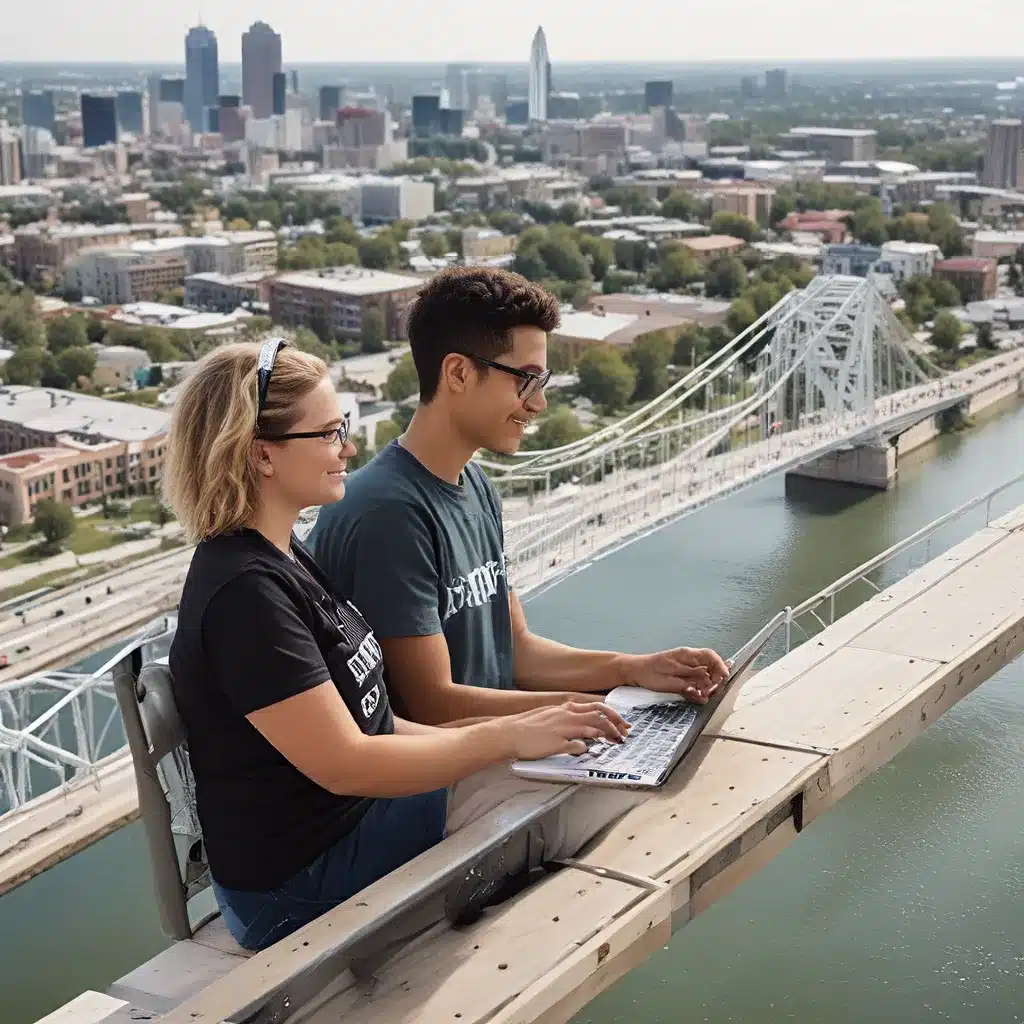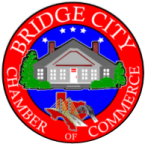
Bridging the Digital Divide: Tech Accessibility in Bridge City
Discovering the Hidden Divide: Uncovering the Digital Disconnect in Our Community
As I stroll down the bustling streets of Bridge City, I can’t help but notice the juxtaposition of modern high-rises and crumbling infrastructure. It’s a stark reminder that not everyone in our community is benefiting equally from the technological advancements that have transformed the world around us. The digital divide, an invisible chasm separating those with access to technology and those without, has become a pressing issue in our city.
According to the National League of Cities, an estimated 42 million residents in the United States do not have access to broadband internet at all, while an additional 15.73 million live with slow or unreliable connections. This digital disconnect isn’t just an inconvenience – it’s a barrier to economic opportunity, education, and even essential healthcare services.
As I delve deeper into the issue, I realize that the digital divide in Bridge City is multifaceted, with affordability, accessibility, and digital literacy all playing a role. The problem isn’t limited to just one neighborhood or demographic – it’s a citywide challenge that requires a comprehensive solution.
Addressing Affordability: Bridging the Financial Gap
One of the primary drivers of the digital divide in Bridge City is the issue of affordability. According to the city’s Digital Inclusion Action Plan, households earning less than $20,000 per year have a broadband adoption rate of just 62%, compared to a staggering 81.8% for households earning more than $75,000.
This disparity highlights the harsh reality that for many of our city’s low-income residents, high-speed internet is simply out of reach. It’s a problem that disproportionately affects marginalized communities, trapping them in a cycle of digital exclusion.
But the city is taking steps to address this challenge head-on. By partnering with local internet service providers, they’ve been able to negotiate affordable broadband packages and subsidies, making it easier for families to stay connected. Additionally, the city is exploring the possibility of establishing a Digital Inclusion Fund to support community-based initiatives that provide technology access and digital literacy training.
Expanding Accessibility: Bridging the Geographic Divide
While affordability is a significant barrier, the issue of accessibility also plays a crucial role in the digital divide. According to the National League of Cities, the digital divide is both an urban and rural issue, with rural areas lagging behind urban areas in terms of broadband adoption.
In Bridge City, we’ve seen this geographic divide manifest in our own neighborhoods. While the downtown core and affluent suburbs enjoy reliable, high-speed internet, many of our underserved communities struggle with slow or intermittent connections. This lack of infrastructure has far-reaching consequences, limiting access to online educational resources, telemedicine options, and even remote job opportunities.
To address this challenge, the city has been exploring innovative solutions, such as the deployment of fixed wireless networks and the expansion of municipal broadband initiatives. By leveraging their partnerships with local providers and leveraging federal funding, they aim to ensure that every corner of Bridge City has access to the digital tools they need to thrive.
Fostering Digital Literacy: Bridging the Knowledge Gap
But access to technology is only half the battle. As the Kansas City Public Library points out, digital equity is not just about having the physical hardware and infrastructure – it’s also about having the skills and knowledge to effectively utilize these tools.
In Bridge City, we’ve discovered that many residents, particularly older adults and marginalized communities, lack the digital literacy needed to navigate the ever-evolving digital landscape. From setting up email accounts to troubleshooting basic software issues, these essential digital skills are often out of reach for those who haven’t had the opportunity to develop them.
To bridge this knowledge gap, the city has partnered with local organizations and community centers to offer comprehensive digital literacy training programs. These initiatives provide hands-on instruction, one-on-one support, and personalized guidance, empowering residents to confidently leverage technology to improve their lives.
Fostering a Connected Community: The Power of Collaboration
The digital divide in Bridge City is a multifaceted challenge that requires a collaborative effort. That’s why the city has convened the ConnectSTL Digital Inclusion Coalition, a diverse group of stakeholders committed to working together to address this pressing issue.
As Simon Huang, the Chief Technology Officer of the Office of the Mayor and SLDC, explains, “We recognize that addressing the digital divide requires a collective effort. We are committed to working closely with community organizations, local businesses, educational institutions, and other stakeholders to implement these projects effectively.”
By bringing together a wide range of perspectives and expertise, the ConnectSTL coalition is poised to develop holistic solutions that address the unique needs of our diverse community. From innovative funding models to targeted outreach programs, this collaborative approach is the key to ensuring that every resident in Bridge City has the opportunity to thrive in the digital age.
Unlocking a Brighter Future: The Promise of Tech Accessibility
As I reflect on the challenges and opportunities in Bridge City, I can’t help but feel a sense of hope. While the digital divide may seem like an insurmountable obstacle, the city’s commitment to addressing it is truly inspiring.
By tackling issues of affordability, accessibility, and digital literacy head-on, Bridge City is paving the way for a more inclusive and equitable future. As the city continues to invest in innovative solutions and foster collaborative partnerships, I can envision a tomorrow where every resident, regardless of their background or socioeconomic status, has the tools and resources they need to fully participate in the digital economy.
It’s a future that promises endless possibilities – a future where education, healthcare, and economic opportunity are no longer limited by the constraints of the digital divide. And as I walk the streets of Bridge City, I can already see the seeds of this transformation taking root, one community initiative and one empowered resident at a time.
The journey towards tech accessibility in Bridge City may be a long and winding one, but with the collective spirit and determination of our city’s leaders and citizens, I have no doubt that we will succeed in bridging the digital divide and unlocking a brighter, more connected tomorrow.


